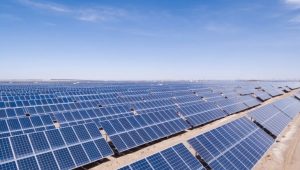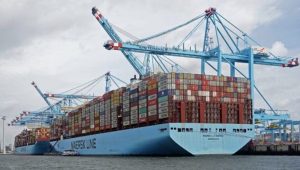The Seoul office market is experiencing a remarkable occupancy rate of over 98%, coupled with a 15% surge in rents since 2022, in stark contrast to declining demand in other global hubs like London and New York, according to data from CBRE Group.
The thriving market in South Korea can be attributed to a unique combination of factors including supply and demand dynamics, cultural preferences, and economic resilience. Seoul, the capital city, boasts a mere 1.7% vacancy rate in the third quarter, a striking difference from the Asia-wide average of 19%.
Since 2021, Seoul has grappled with a shortage of office spaces, with only half of the historical supply available, notes CBRE’s head of research for Korea. The scarcity is anticipated to persist until 2025, when new projects currently under construction are slated to come online, projecting a year-on-year rental growth of approximately 15% in 2023.
The robustness of the Korean market isn’t solely attributed to demand and working culture. Government restrictions on redevelopment and construction disruptions due to the pandemic have led to a general shortage of office space since 2021. The steady growth of the Korean economy has further strengthened both international and domestic investment.
Offices have been in short supply in Seoul since 2021, with just half of what has historically been available, according to CBRE head of research for Korea. The researcher expects the shortage will last until 2025, when new projects now under construction will come online, and rents to grow year on year by about 15% in 2023.
The Korean market’s strength is not solely down to demand and working culture. There has been a general shortage of office space since 2021 due to government restrictions on redevelopment and disruption to construction caused by the pandemic. The Korean economy has also seen steady growth, bolstering both international and domestic investment.















